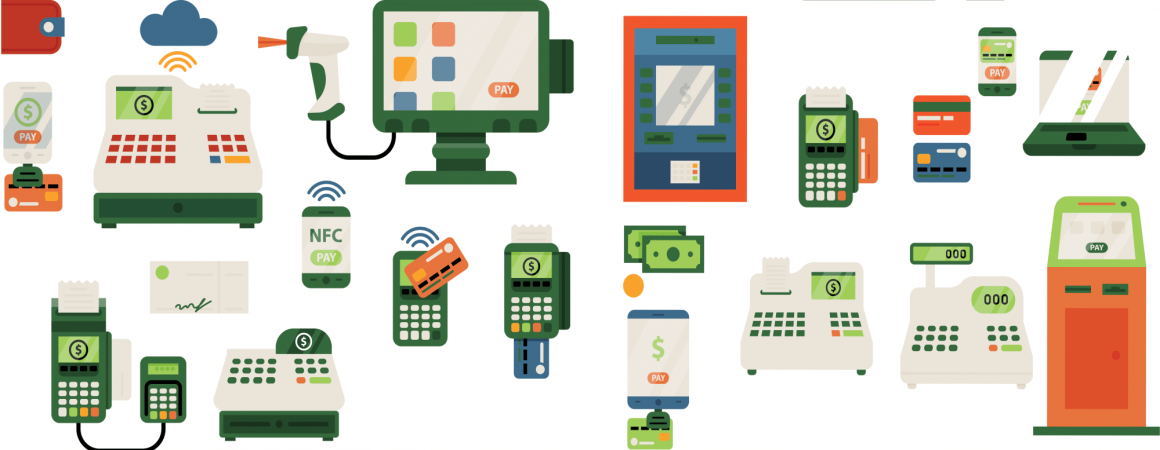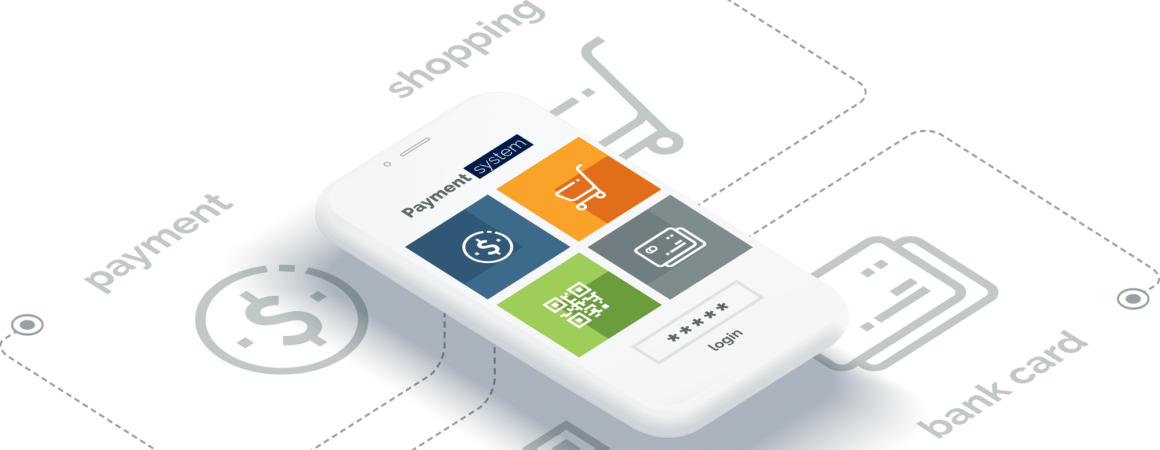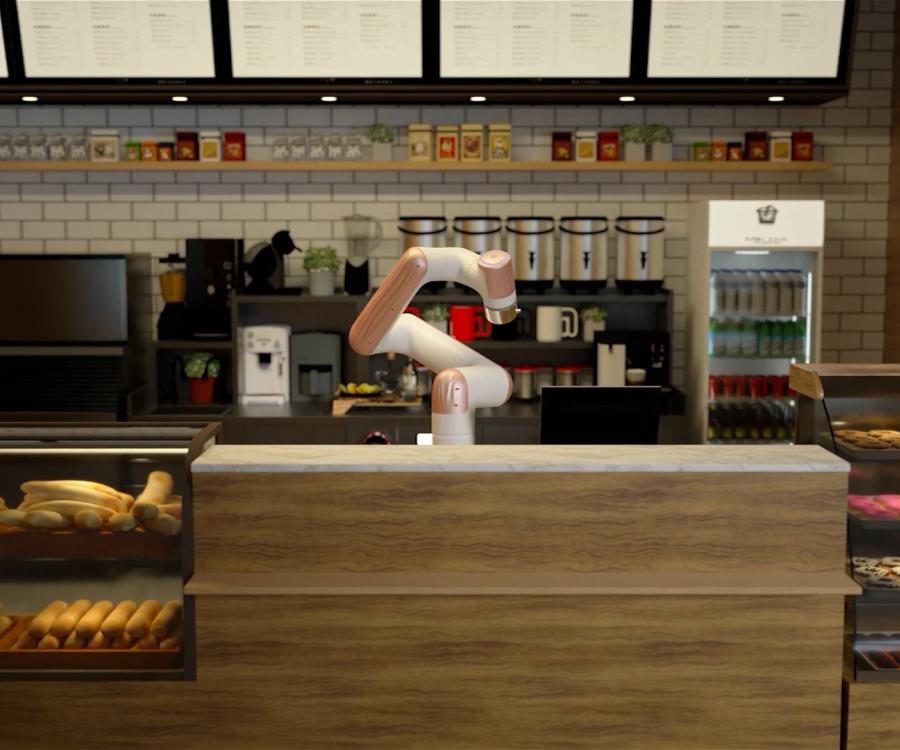The cash drawer, in varying forms, has been a core component of the retail business for as long as people have exchanged money for goods. Any business accepting hard currency needs one but choosing the best cash drawer requires planning, consideration, and a little research.
Anatomy of a Cash Drawer
Drawers are available in a variety of models, colors, sizes, features, connectivity options, till configurations and construction materials. Determining which best suits your business requires an assessment of your specific needs:
- What currency are you using?
- What type of store environment do you have?
- Do you have any storage or size considerations would you need to keep in mind?
Cash drawers range from basic to full-featured models and offer different levels of durability. A fast-food environment, where drawers are opened and closed frequently, demands a heavy-duty model with an all-steel case while a boutique store selling clothes or specialty items has more modest requirements. Drawer placement also comes into play, as some will fit under the counter (this normally requires a cash drawer under counter mounting bracket) while others sit on the counter with all of the related POS hardware – monitor, keyboard, scanner, and printer – typically located on top of it. Different types of cash drawer mounting brackets allow you to locate your drawer and till solution in the most convenient place for operation.
Whatever the needs of the business, APG has a drawer for you. This document explains the different parts of the cash drawer to acquaint you with available options in type, size, accessories, components, and features. We also discuss important differences between drawers and which models best suit which types of businesses.
Questions to consider before buying a cash drawer:
- How many bill and coin slots do you need?
- In America, the standard is 5 bills and 5 coins.
- Are the bill slots wide enough for your currency?
- Which business category sounds most like yours?
- Soma | food truck, kiosk, or pop-up retail
- Genesis | corner store, bakery, coffee shop, mom-and-pop shop or general retail
- Legend | fast food drive through, grocery store, restaurants or high-volume retail
Drawer Size
Space dictates the drawer size you should deploy. APG Cash Drawer models vary in size from 13 inches in width and length to 19 by 19 inches. Other models measure 14, 16, and 18.8 inches in width with various depths. The smallest-footprint drawers, measuring 13 by 13 inches, are ideal for counters that share space with a lot of other items. For instance, a flower shop, gas station, or convenience store may use its counter to display various products, leaving limited room for the cash drawer. A 13-inch drawer features tills with four slots each for bills and coins to accommodate pennies, nickels, dimes, and quarters as well as $1, $5, $10, and $20 bill denominations. Larger bills – $50 and $100 – can be stored under the cash drawer till; placed through the front media slot, or accessible by lifting the till up from the drawer.
Drawers measuring 16 by 16 inches are the most common. They add a fifth slot to store bills of $50 or $100, and for coins bigger than a quarter. Sometimes merchants use the extra bill slot for checks. The fifth coin slot fits 50-cent and $1 coins, which are used infrequently.
A distinct advantage of drawers measuring 16 inches or more is the additional internal space along with ample surface area to use the drawer as the base for other POS components – monitor, keyboard or touchpad, printer, and scanner. The 18.8-inch and larger models were developed specifically for having an additional surface area for larger POS devices. As newer systems move to touch screens and away from physical keyboards, smaller 16-by-16-inch models are growing in popularity.
Drawer Type
U.S. retailers typically use slide-out drawers but in other countries, flip-top drawers are common. U.S. banknotes are all the same size and similar in color and design. Other countries have colorful banknotes of different sizes, making it easier to use flip-top drawers because users can quickly identify bills of different colors and sizes.

Drawer Material
The structure that holds almost all of APG’s cash drawers – the case and base – is made of steel, with one exception: APG’s Minota cash drawers feature a molded base with a steel top. Minota drawers, which are part of the Soma family, deliver an affordable solution for businesses with more modest needs. The model is built for 500,000 open-and-close cycles, while other cash drawers such as the Series 4000 or Series 100 drawers are built for more demanding environments requiring up to 4 million cycles.
The APG Series 100 cash drawer, which is part of the Legend product, fits better in a far more demanding environment than Soma family drawers (like the Arlo and Minota). Series 100 cash drawers feature a 16” wide all-steel case, industrial-grade steel ball-bearing slides, and a molded inner drawer. These heavy-duty models have a lifespan of beyond 4 million cycles and are more suitable to rough-and-tumble environments. Smaller-footprint versions of a heavy-duty drawer are available for settings such as pop-up stores, where space is limited but require the rugged construction of the Series 4000 drawer.
Offering a compromise between entry-level (Soma) and high-performance (Legend) options, APG Genesis drawers satisfy the hybrid needs of businesses that are busier than small shops but smaller than fast-food drive-throughs. The Vasario Series cash drawers, members of the Genesis family, promise a million transactions, multifunction drawer locks, and drawer status reporting (a feature that is typically found in more expensive drawers).
Tills and Inserts
The cash drawer’s principal component is the till, also known as money tray, till insert, or just the insert. Made of molded plastic, the till system sits inside the drawer and contains inserts for coins and banknotes. Till configurations vary to fit specific currencies. A till fitting U.S. currency differs from one used in the United Kingdom or a European Union country because bill and coin sizes vary significantly.
Most U.S. tills feature either four or five slots each for coins and bills, while in the U.K. and the E.U. tills have slots for up to eight coins and varying widths for notes depending on the currency. U.S. retailers typically use the fifth slot for larger bills ($50 and $100) and coins (50 cents, $1) but since larger denominations are used infrequently, those slots often house rolls of coins and customer checks. APG’s Vasario drawers offer multiple till configuration options, making them suitable for international use as well.
Extra Compartment
Many drawers have an extra compartment between the till and the base to accommodate items that don’t normally fit into till slots, including gift cards and checks. Media slots in the front of the drawers allow users to slide checks or cards into the compartment without opening the drawer. Drawers come with one or two media slots, giving retailers a choice of placing all media in one compartment or separating it into, say, plastic and paper. Some select Vasario and Minota options have a small place for checks beneath the coin storage. The space under the till is built with security in mind, allowing cashiers to slide in large bills without having to lift the till and expose large amounts money.
Variations in under-the-till compartments include the Series 100’s dedicated compartment for packaged bills. This is handy in stores such as fast-food eateries that frequently must make change with $1 bills. The Series 100 inner drawer also includes a curved section for storing coin rolls under the till. The Legend Series 4000 features a metal inner drawer with two molded trays in the bottom for packaged bills and to store items inserted through the media slots. These features are unique to the Legend family.
Moving back to Soma drawers, select Minota models combine the inner drawer and till. The till is not removable from the inner drawer, which makes these drawers suitable for smaller retail environments that that do not use “till accountability” – assigning each drawer to an employee. Cash drawers combining the till and inner drawer are best suited to cost-conscious startups with modest drawer cycle needs.

Locking Mechanisms
In most POS configurations, the receipt printer, USB, or Ethernet interface opens the cash drawer when directed by the POS system. However, each APG cash drawer comes with a drawer lock and key for manual operation with the drawer accessories. The locking mechanism performs four functions:
- Online – the key is out of the drawer; the drawer is operated by the POS (usually the printer).
- Manual open – A user turns the drawer key to open the drawer.
- Locked closed – The key locks the door and the POS system cannot open it.
- Locked open – The drawer is locked into an open position to prevent accidental closing. This is useful for drawers viewable from the street after hours to show they are empty.
If a POS failure disables the “online” status, the key can be used for operating the drawer.
Cash drawer security measures differ from retailer to retailer. Some choose to key all drawers the same, others except random keying and others want every drawer keyed uniquely. APG can accommodate these requests with options that do vary from one product line to another.
Interface
Most retailers set up drawers for operation from the receipt printer. When activated, a port on the back of the printer sends a 24-volt pulse to kick the drawer open. This connection enables the drawer to report its status to the POS software; knowing when the drawer is open or closed.
If you’re looking for something a little ‘techier’, another connectivity option is a USBPro interface that provides a direct link to the POS through a USB port.
Some cash drawer models, offer APG’s NetPro as an interface option, which uses Ethernet and turns the cash drawer into a node on the network. Ethernet connectivity enables functions such as reporting open and closed status. It can also send alerts to a manager as defined by POS software programming when something abnormal like, a drawer staying open too long, happens. Associates in stores that use POS tablets can connect to a drawer via the network to receive cash payments and make change. For security, network-connected cash drawers use barcode technology to sense when an associate is close enough to open the drawer safely.
Another available interface option relies on Bluetooth connectivity. BluePRO® Bluetooth technology enables pairing a cash drawer with a mobile device such as a tablet. This requires integration with a software from an APG partner.
Conclusion
Considering the importance of the cash drawer to businesses that process cash transactions, it’s worth taking the time to explore the different available options and choose the best cash drawer that suits your needs. APG Cash Drawer offers some 1,500 configurations, giving you plenty of options to consider. With so many elements to consider for your cash drawer purchase, we know it can be a challenge to pick one. So let’s talk! Fill out this form and a member of the APG team will reach out to you soon.










